Skolimowski’s breathtaking donkey odyssey “Eo” reveals the horror of humanity while inviting empathy and a shift in consciousness.
Polish director Jerzy Skolimowski has had a long and varied career. One of his earliest professional successes was probably co-writing Roman Polanski’s first feature, Knife in the Water (1962), a subtle prying into the contradictions of masculinity.
But horror fans might know Skolimowski as the director of The Shout (1978), one of the most bizarre suspense movies ever made.
Skolimowski has certainly not been afraid to dabble in the strange and the horrific, and his most recent film, Eo, continues to evince this.
On the surface, Eo is an adventure film (I’ve even seen it categorized as a “road movie”) in which the main character is a donkey. Eo the donkey starts out as a circus animal in Poland and eventually winds up in Italy after being picked up by various humans, including a truck driver (played by Mateusz Kościukiewicz) and a disgraced priest (played by Lorenzo Zurzolo).
The film occasionally dwells on these humans, such as the priest’s relationship with his mother (played briefly by veteran arthouse actress Isabelle Huppert). But humans are mostly incidental characters, with only one (Eo’s original handler, Kasandra, played by Sandra Drzymalska) showing up in more than one of the movie’s episodic scenes.
The real standout character of this production is our titular donkey protagonist (actually played by six different donkeys).
While not actually doing very much on screen, Eo the donkey provides a mirror through which the audience can view humanity.
Eo might be characterized as Xenofiction: fiction that represents the world through the eyes of the “other.”
In science-fiction contexts, this often takes the form of the alien (think of classic examples like The Day the Earth Stood Still). But in Skolimowski’s film, we get the perspective of the animal. Seemingly banal and everyday human actions take on a radically different significance when we see them from a non-human point of view.
We watch as this innocent donkey is exposed to one harrowing situation after another, sometimes being treated as a creature with dignity, other times being abused or objectified.
By displaying how humanity interacts with the non-human, this film places the audience in a position to consider its own relationship to the animal.
This does not mean that Eo is an overly sentimental film — quite the contrary. For the most part, Skolimowski’s tonal approach is modernistic and detached. When horrible events occur, they do so without lingering camerawork or music swells. And, as mentioned earlier, the film is very episodic.
Eo is whisked from one human caretaker to another, escaping and getting re-captured. There is no overarching plot or conventional narrative development.
While this would be a knock against a normal drama film, in this case, there is a compelling reason for eschewing a normal structure.
The episodic plot reflects the lack of agency experienced by Eo, the way that humans consistently interfere with the possibility of his freedom.
Even at the beginning of the film, with his loving caretaker, Eo is in captivity, relegated to being a circus animal. As the film progresses, he becomes a sports mascot and a pack animal. He can never fully get away from the roles that humans impose upon him.
But while the film does not indulge in syrupy emotionalism, it is still extremely stylish.
There are parts of the film where the cinematography looks like something out of Mandy or Suspiria: saturated red light and chaotic camera movements provide a general sense of anxiety.
The film is wonderfully atmospheric and visually rich, and this kept me glued to the screen even in some of the slower moments.
The score by composer Paweł Mykietyn is also totally engrossing, though abstract in its heavily textured, hypnotic sound world.
While Eo is no typical horror film, it has some unexpectedly horrifying moments. But more than that, it’s a movie that raises some of the same themes that horror films tend to. Violence, fatalism, and the violation of innocence are constitutive features of Eo’s world, pervading the movie like a miasma and always threatening to erupt into the foreground.
There are no happy endings here, but that’s exactly what separates Eo from some kind of cute Disneyfied animal-adventure movie.
This is a serious, challenging, and distressing watch, and horror-film fans might be the most prepared audience to take it in.


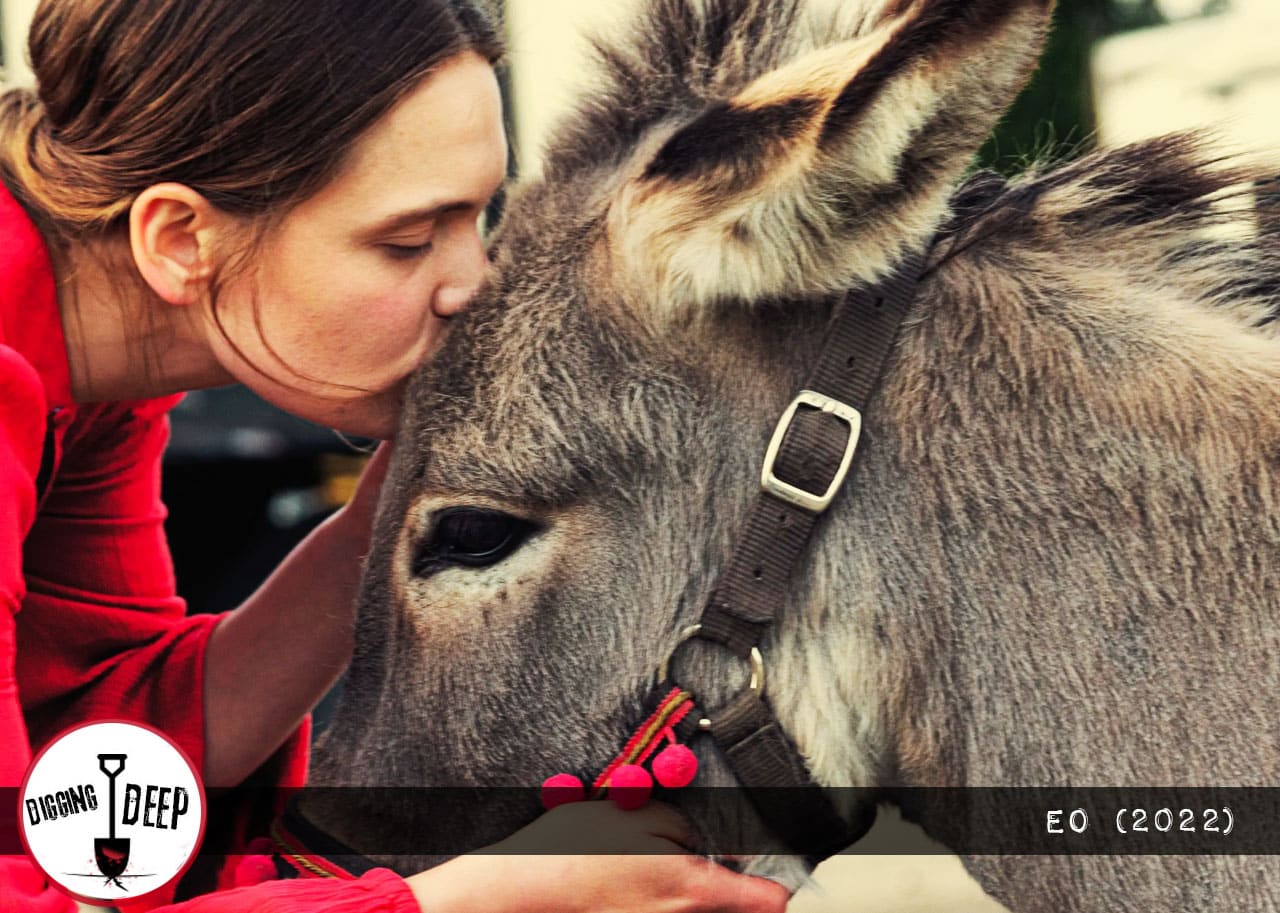
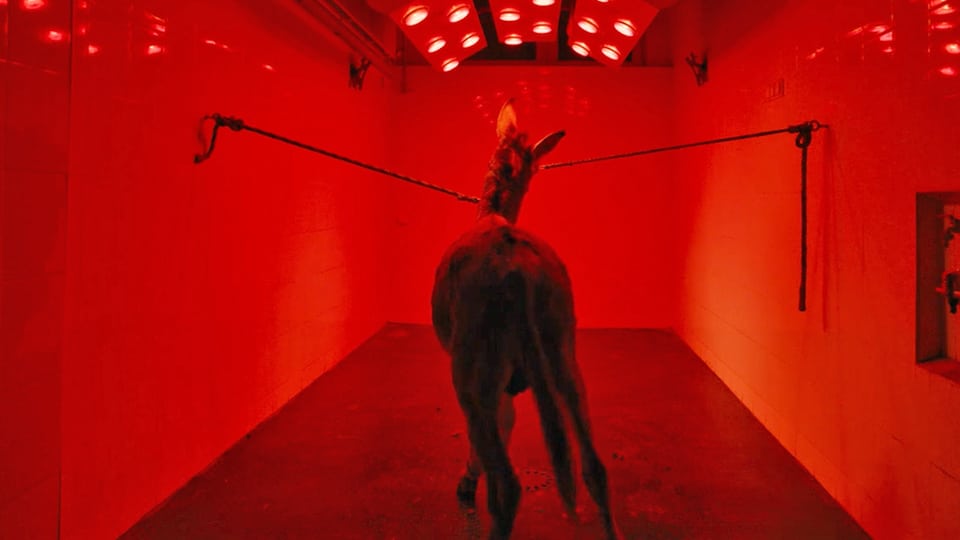
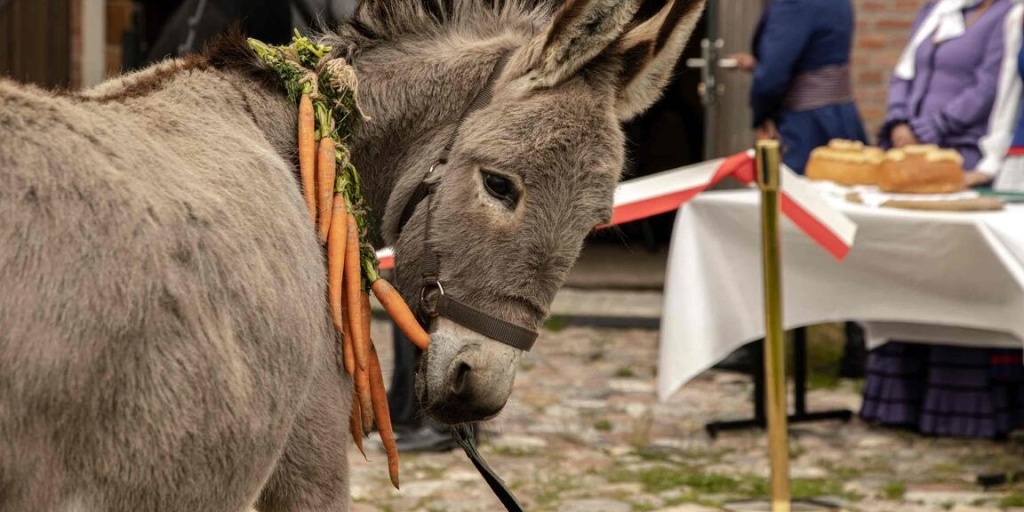
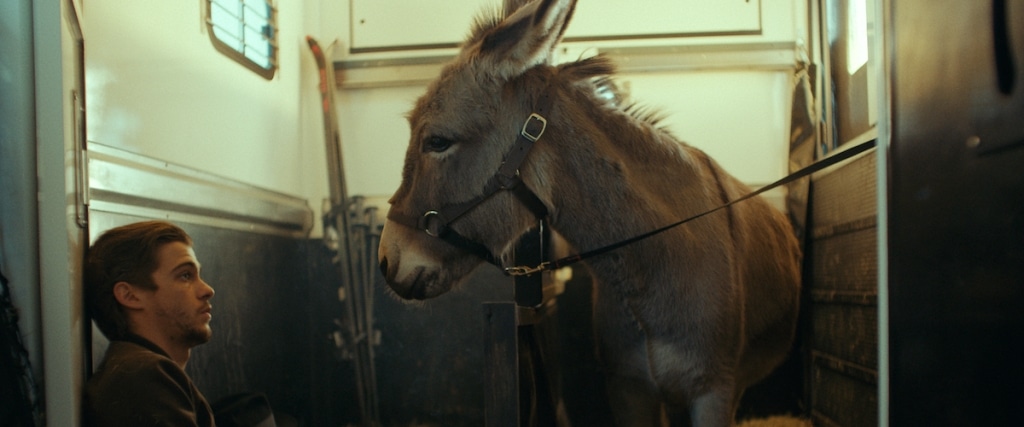
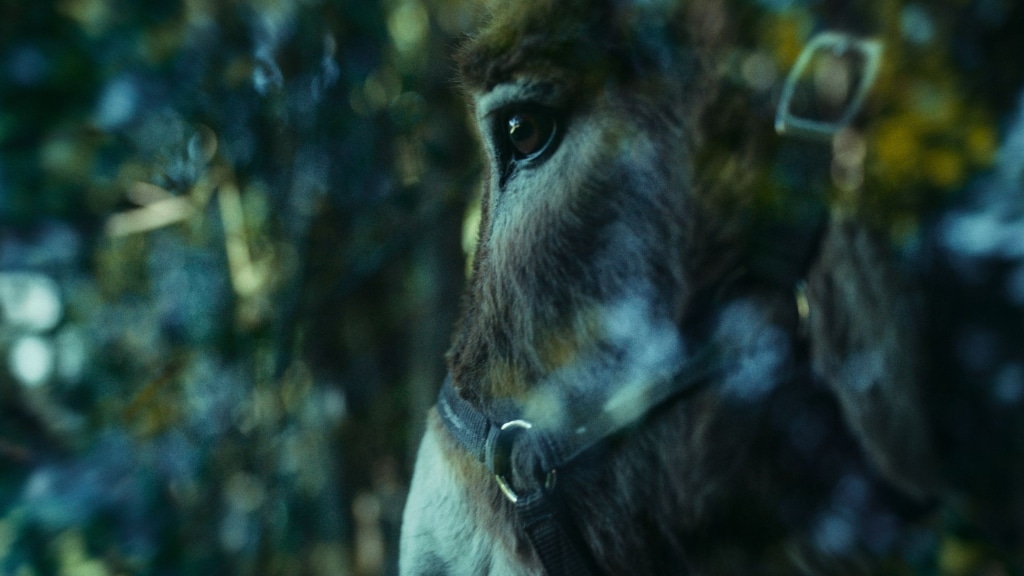












Follow Us!